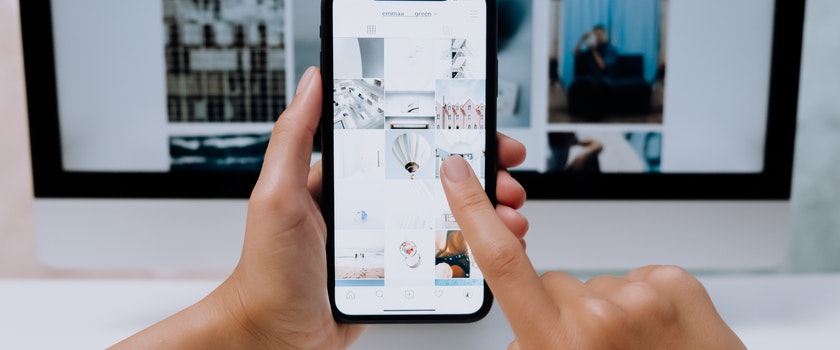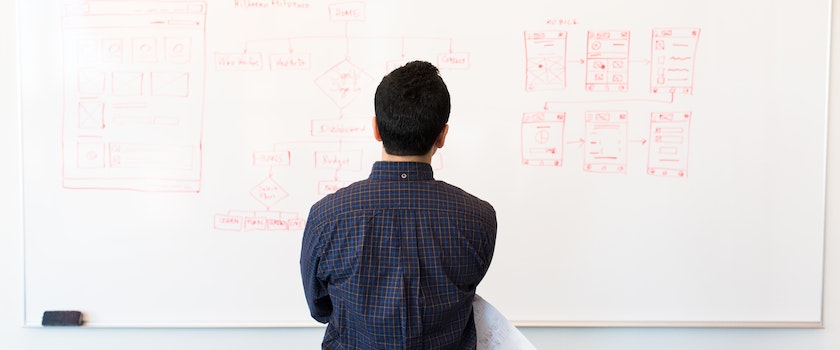
The ultimate goal of your website is to persuade shoppers to make a purchase, either online or at your dealership.
In order to encourage your potential customers to take the plunge and buy the unit they’re looking at, help them envision how it will look in real life by including high-quality imagery alongside the listing.
The ARI team is sharing tips to help your website images drive customer actions:
Incorporate Relevant Imagery
People retain 65% more information when it’s paired with a relevant image (1). Well-placed images make your content visually engaging, which keeps shoppers on your site longer. The broad range of options for image formats makes it fairly easy to sprinkle images across your site in the form of banner graphics and inventory photos. For example, you can feature your hottest inventory on a banner slideshow at the top of your home page to grab shopper attention from the get-go.
Most importantly, you can feature photos of your units on your inventory detail pages and get shoppers excited to browse online. We recommend taking your own photos instead of using stock imagery, as authenticity boosts your credibility and gives shoppers a more realistic view of what they’re buying. This is especially true for used inventory, which shoppers anticipate will have more “character.”
Be Strategic with Your Photos
Using multiple images on your website is great, but it’s important to be strategic to maintain aesthetic and highlight the most important components of your website. Avoid including photos for the sake of having them. Each photo should fulfill one or more of the following purposes:• Direct the gaze to the most important part of the webpage
- Showcase your inventory, including whole units and details
- Provide context (ie, help shoppers see themselves using the unit)
- Feature your store and/or team
Multiple photos can overwhelm the shopper gaze, especially if many of the images are irrelevant or don’t serve a clear purpose. Your website’s usability can also be affected. Too many large photos can bog down your website’s load speed, which affects the overall user experience. To prevent this, ensure that every image is optimized for the web. The optimal file size for website images is no more than 200KB, with a minimum resolution of 72 pixels per inch (ppi) (2).
Use Images to Improve SEO
Did you know that your website images can help improve your search engine rank? You can optimize your images to improve your SEO by including “alt-text” tags and descriptive titles. Because search engines can’t see your website images, they rely on the alt-text and file names to determine each image’s content and how it relates to your website copy. For example, if you upload a photo of a speedboat and include the keyword “speedboat” in your alt-text alongside website copy of the same topic, search engines will recognize that this webpage is helpful for speedboat-related online searches. This greatly boosts your chances to appear in search results for potential shoppers.
Website imagery is a powerful tool to draw in shoppers and hold their attention longer, keeping them engaged with your platform. Strategically place good-quality images throughout your website to help shoppers envision themselves using your inventory and get excited to make a purchase.
Would you like assistance in optimizing your website imagery? Connect with ARI today!
(1) Brain Rules
(2) NW Media


